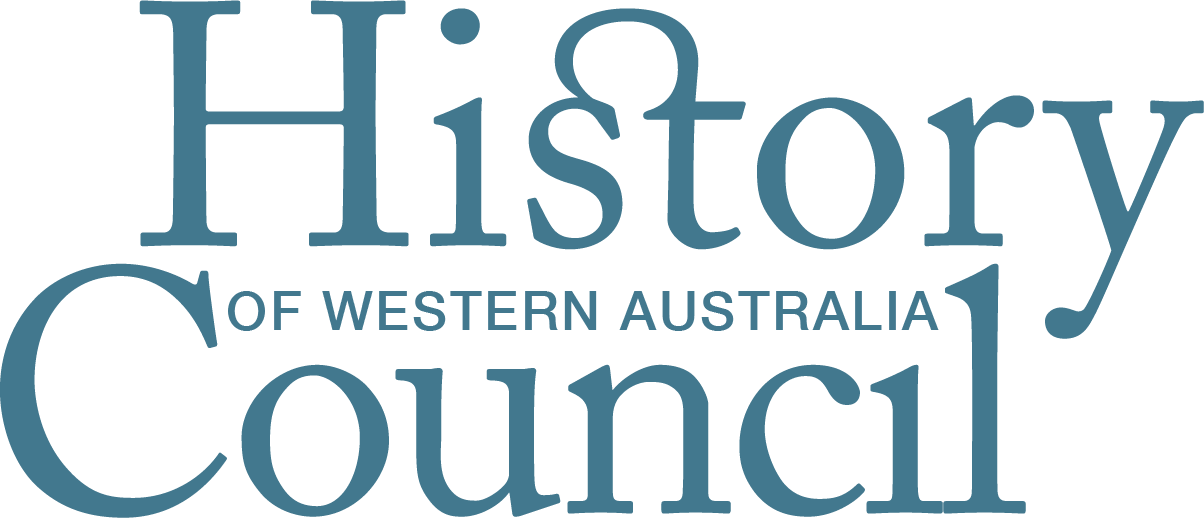Book Review: The Edward Street Baby Farm: The Murder Trial that Gripped a City by Stella Budrikis
Most people have not heard of the term Baby Farming. In the late 19th and early 20th century the word was used to describe the fostering of usually illegitimate babies for a fee. Single mothers often had no option but to pay a woman to care for their infant because of the necessity to earn a living and the shame of being an unmarried mother often meant they had had no family support. The government attitude of that time was against providing assistance to unmarried mothers and their offspring as it was thought it would encourage more illegitimate children. The name baby farmer was usually a derogatory term and implied uncaring treatment of the infants and in fact many of these babies died after being placed with a foster carer.
Stella Budrikis has written a well-researched account of the most notorious baby farmer in Western Australian history – Alice Mitchell. In 1907 Alice Mitchell was prosecuted for the death of baby Ethel Booth, but was suspected of being responsible for the deaths of 37 babies left in her care over a six-year period.
While the tale of Alice Mitchell has been previously written, Ms Budrikis delves further into the case than earlier writers and enlarges on the involvement of Dr Ned Officer, the doctor who provided the majority of the death certificates for the babies, as well as the story of Harriet Lenihan, the first female health inspector in Perth, whose responsibilities included regular visits to Alice Mitchell’s residences.
While Harriet Lenihan, the untrained and over-worked health inspector, was sternly judged for not ensuring that the authorities were aware of the large number of babies who had died in Alice Mitchell’s care, Dr Officer, who regularly visited the ill babies and signed the majority of the death certificates, came out of the trial with his reputation virtually unharmed. Today the doctor would likely be charged with at least criminal negligence, however at that time doctors were held in high esteem and seldom questioned. The fact that a female health inspector was not expected, or authorised, to question the authority of a male doctor was also a consideration in the case.
Ms Budrikis provides extensive detail of both the inquest and the trial. The evidence, which was widely reported in the newspapers at the time, horrified the general public. In her Introduction, Ms Budrikis discusses why she found this case so intriguing and decided it was a book that she needed to write. I found Part 4 of the book, The Aftermath, where Ms Budrikis details the careers of both Harriet Lenihan and Dr Officer after the trial, particularly interesting and a good insight into the characters of both of these pivotal characters to the story.
In the Afterword, Ms Budrikis discusses the ambiguity of the evidence which made it difficult to judge exactly what Alice Mitchell was guilty of and provides her views of Alice Mitchell. Appendix 1 provides the details of each of the children who died in Alice Mitchell’s care and the certified cause of death. However I would have liked the book to have also included an index.
This is a well-researched and intelligent work that will be of particular interest to anyone interested in the social history of Perth in the early 20th century. This book increases our understanding of this important criminal case which led to essential changes in Western Australian child protection laws.
Linda McGowan
